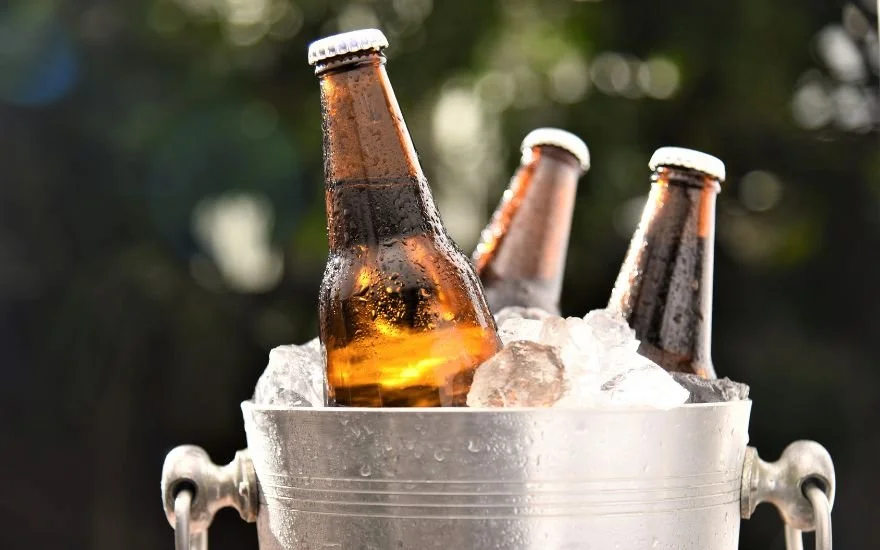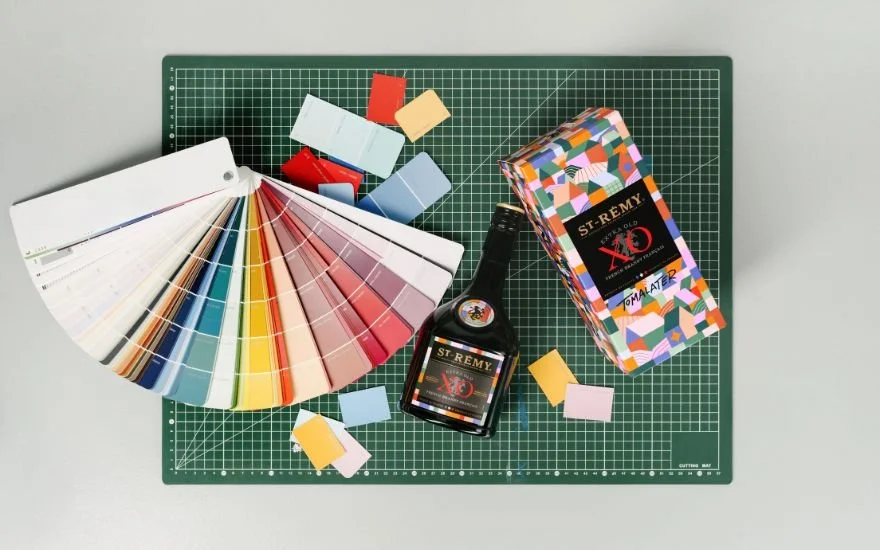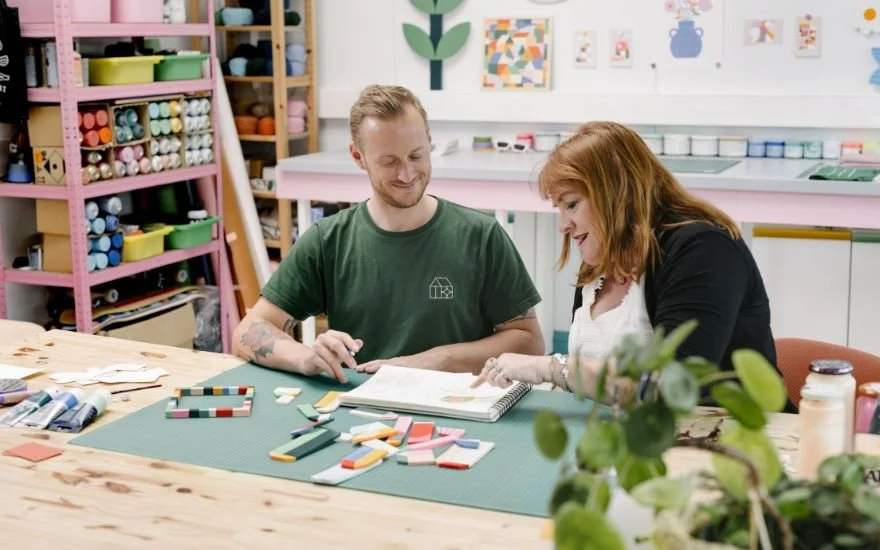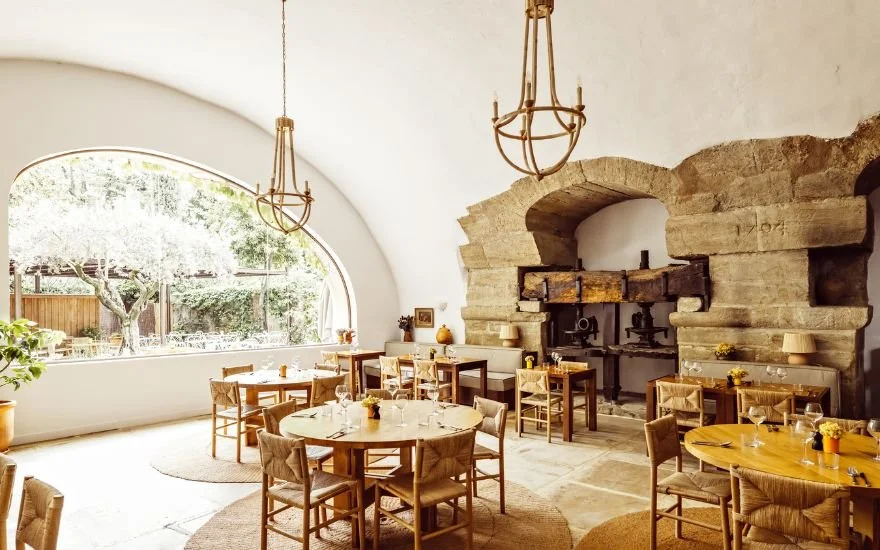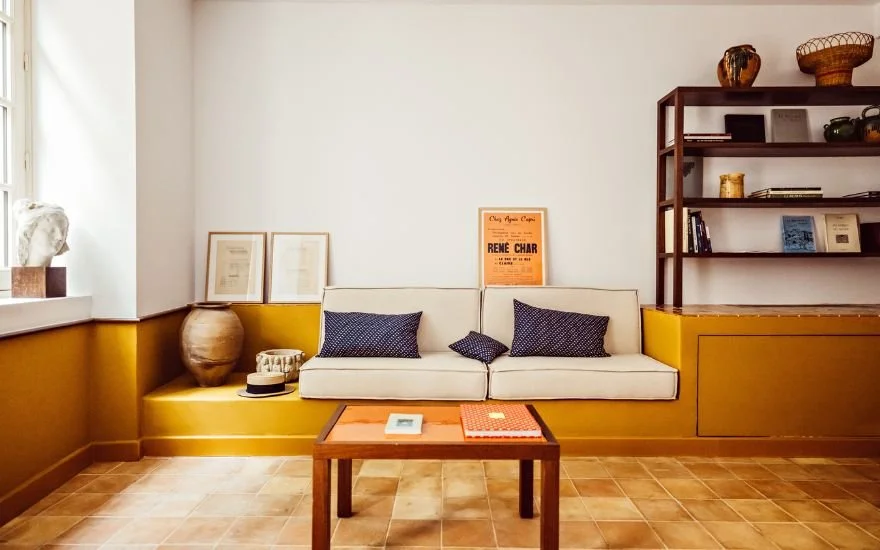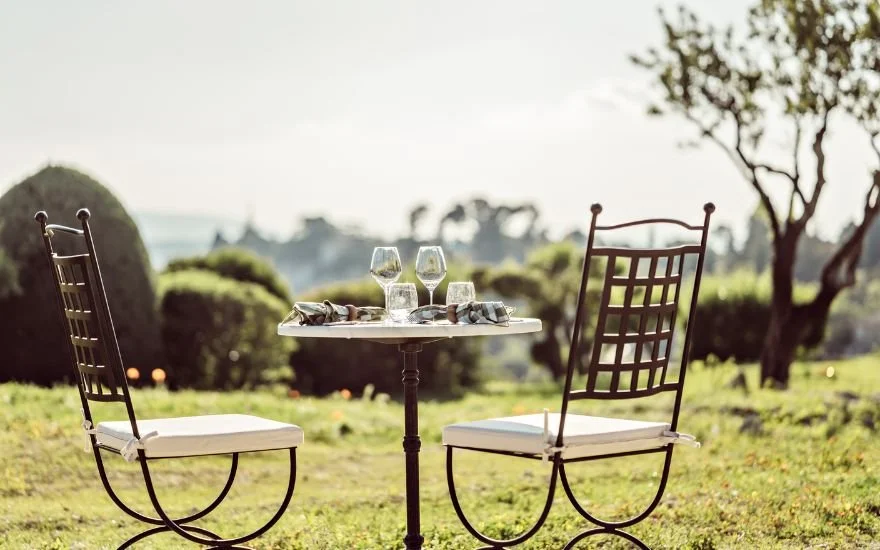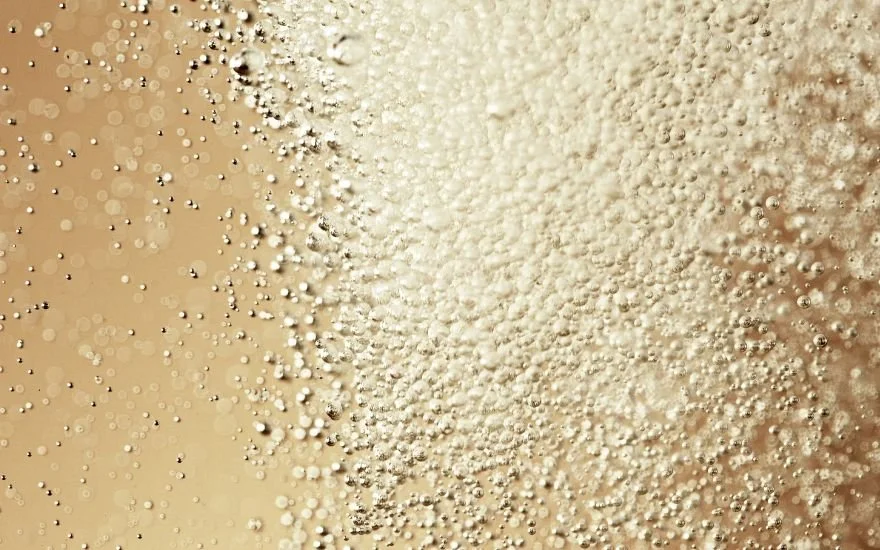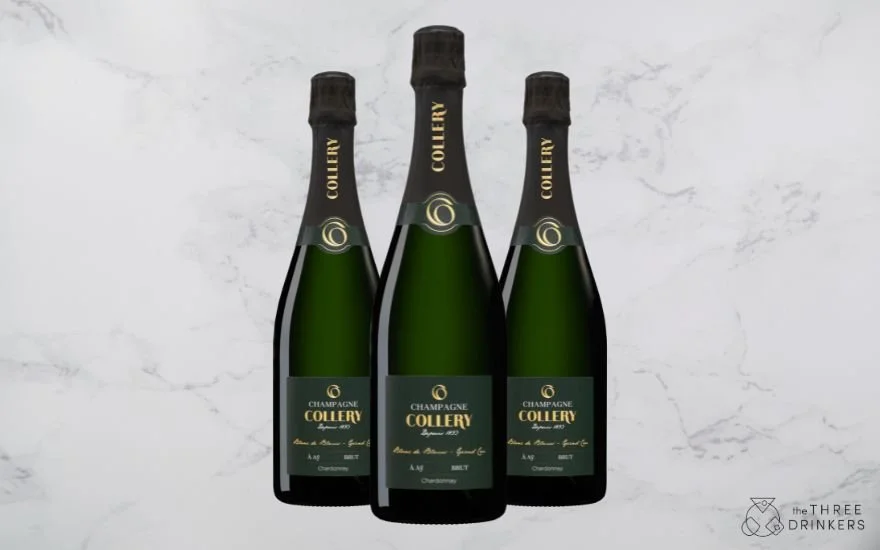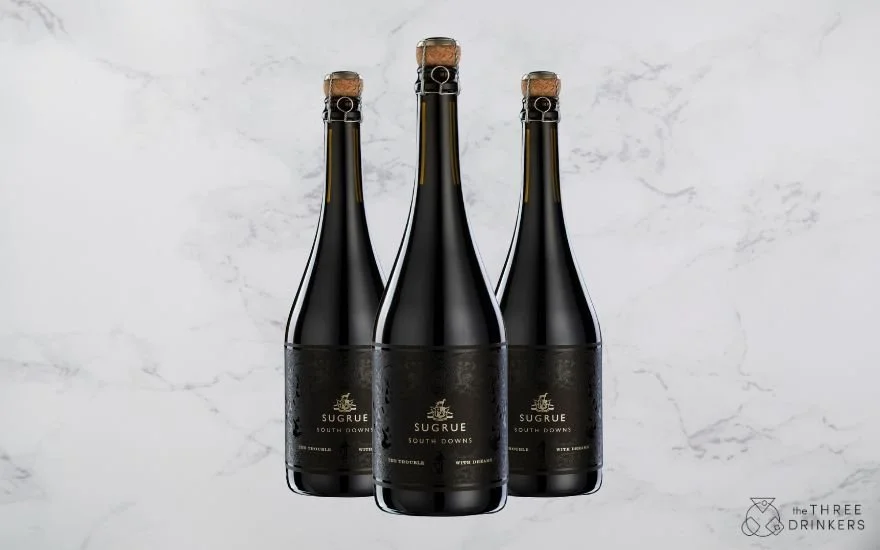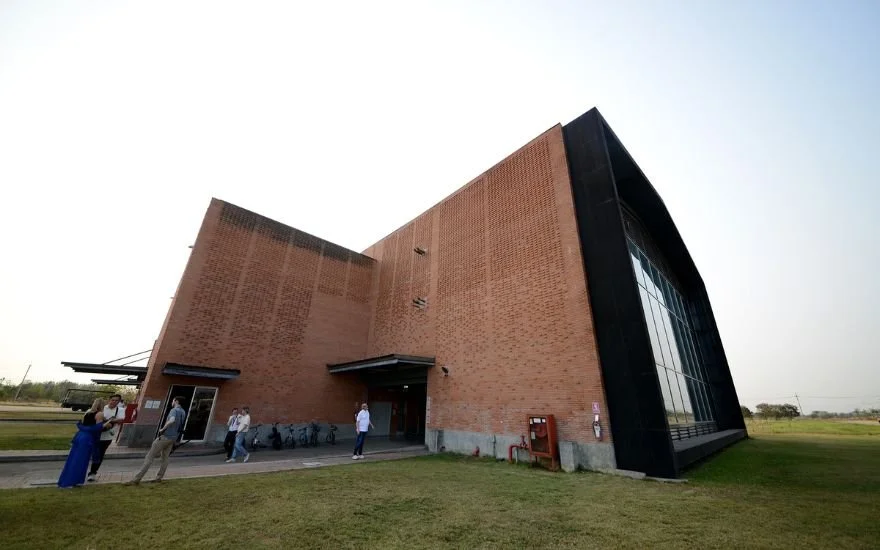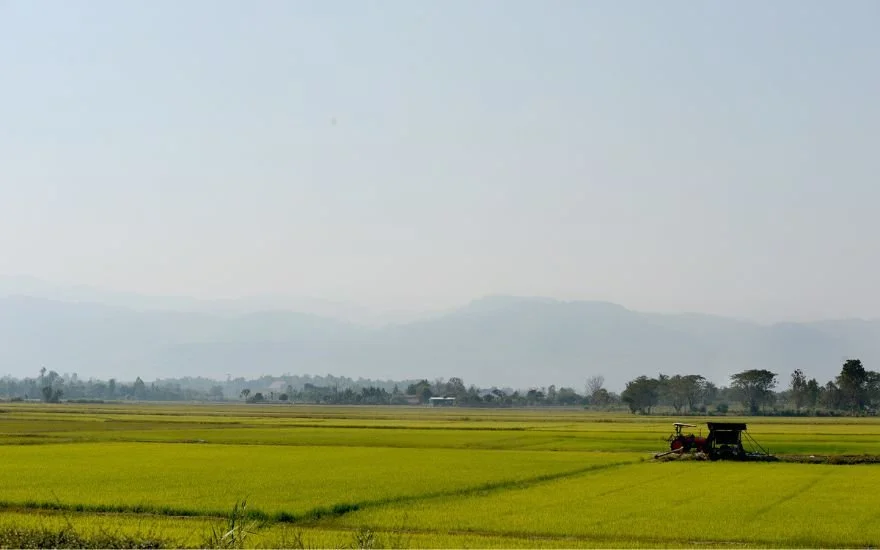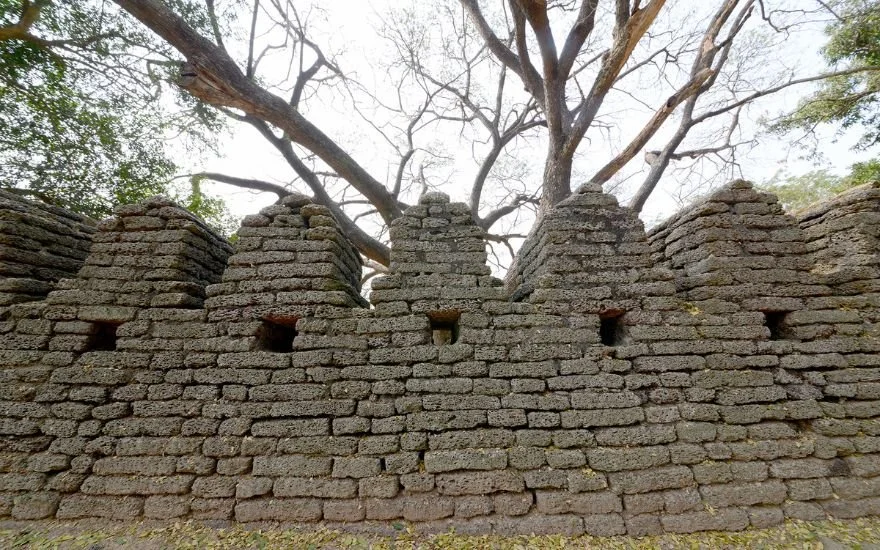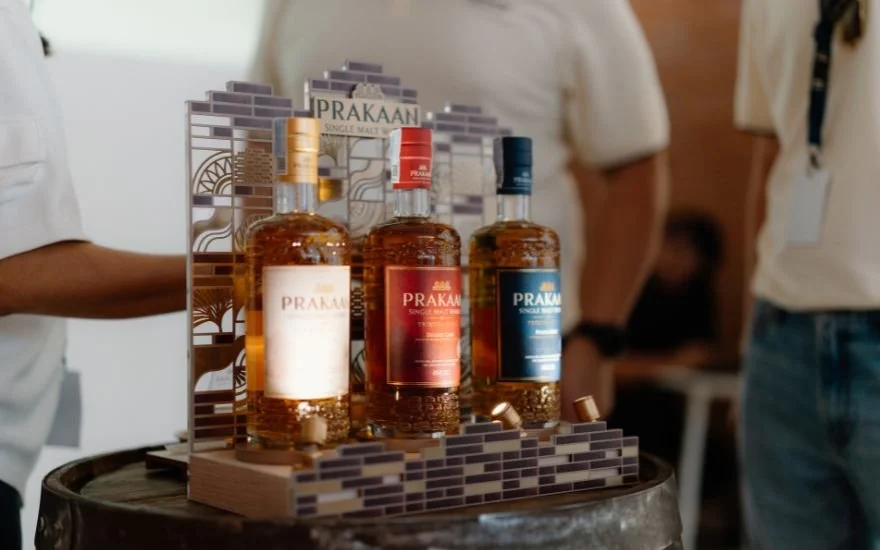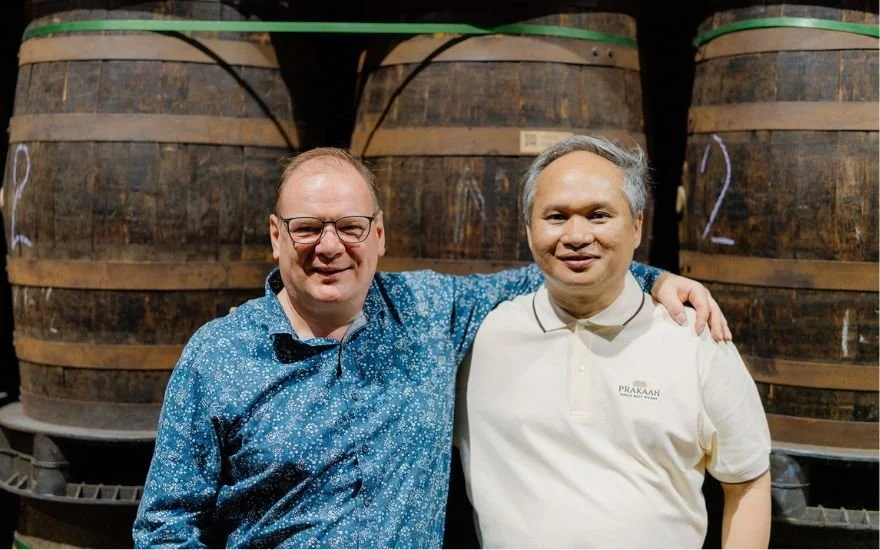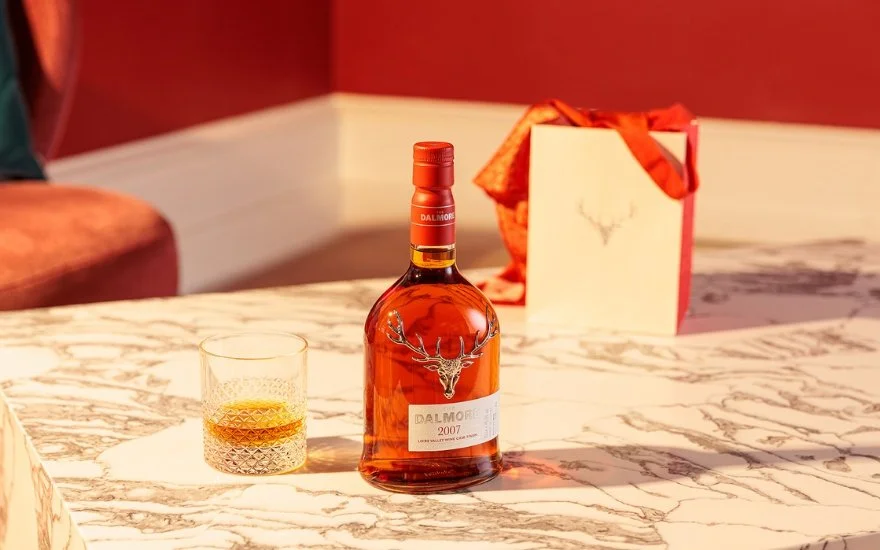For a long while, it was pretty slim pickings when it came to gluten-free offerings, let alone gluten-free beers! If you are someone with a gluten sensitivity or Coeliac, you will know the feeling of standing in a food aisle reading the ingredients list on the back of a packet.
What is Gluten?
Gluten is an umbrella word that is used for the group of proteins in grains such as wheat, barley, and rye. Beer is made predominantly from malted barley, with wheat or rye used in specific styles, malting, mashing, and fermenting them, rendering most commercially available beers no-gos for those with gluten sensitivities or Coeliac.
Isn’t Gluten Important for Beer?
According to Celiac UK, there are two main ways to make a gluten-free beer. The first one is to blend your malt with cereals like millet, buckwheat, quinoa, rice, and maize. None of these contain gluten, so the beers made with these ingredients can also be referred to as having been made with NGCIs (Non-Gluten Containing Ingredients) [1].
In May 2004, Green’s was the UK’s first ever naturally gluten-free beer from alternative grains, meaning all of the beers from Green’s are made from 100% gluten-free materials.
The second way, and by far the most used in the UK, is to make the mash for your beer with a grain that contains gluten, like wheat, rye, or barley. Then use a process to reduce the PPM (parts per million) of gluten in the beer below the UK legal threshold, which is 20PPM [2].
One of the ways to do this is to introduce an enzyme that helps break down the gluten proteins, and some breweries have additional ways that they are able to break down the gluten proteins in addition to using enzymes.
So, Wait, Doesn’t That Mean That Those Beers Have Gluten?
Short answer, yes.
Here’s the slightly longer answer:
In order to be considered gluten-free in the UK, the beer has to be tested reading under 20PPM. So, while there are still trace amounts, it is considered in the UK to be legally gluten-free and can be enjoyed by those who have gluten sensitivities.
Here’s the tricky part: a beer being labelled ‘gluten-free’ means something different depending on where you are. In the USA and Canada, a beer that would be labelled gluten-free in the UK would be considered ‘gluten-reduced.’ Just make sure you know the legal requirements where you are!
No Two Breweries are the Same
With the two ways to make gluten-free beers, there are generally three kinds of breweries you’ll find:
The first is best for Coeliacs and the most gluten-sensitive out there, as they make their beer with NGCIs.
Breweries that only make gluten-free beers using ingredients that contain gluten but remove them using an enzyme or another means of production.
Breweries that predominantly make gluten-full beers but also make gluten-free beers.
It’s also important to note that if you are Coeliac or have been recommended by healthcare professionals to avoid gluten entirely, then you are better off sticking with beers that have been made in dedicated gluten-free facilities only using NGCIs.
Everyone is different, and you know your own sensitivity, so keep that in mind as you explore the growing world of gluten-free beers!
Exciting Breweries Making Excellent Gluten-Free Beers
Bellfield Brewery
Location: Edinburgh, Scotland
Styles: IPAs, Pilsner, Session Ale, and Craft Lager
Bellfield Brewery was founded by two friends (who are both Coeliac) back in 2015. While their beers contain barley malt, they follow a careful selection process while also using other NGCIs like maize and buckwheat. Their brewing process reduces the amount of gluten instead of using an enzyme, so it’s a secret (and who doesn’t love a secret!) Their beers are routinely tested and are “gluten absent” which means they register regularly below 10PPM.
On International Women’s Day, they released their 2025 “Rational Creatures” Table Pale Ale, designed by six of Bellfield’s own; the name comes from a quote from Jane Austen’s Persuasion: “I hate to hear you talk about all women as if they were fine ladies instead of rational creatures. None of us want to be in calm waters all our lives.”
If you find yourself in Edinburgh, you can visit them in their Taproom, where you can relax and enjoy a cold glass of something refreshing from the brewhouse just next door. The “Bohemian” Pilsner (4.5% ABV) is crisp and light with a perfect balance between a gentle bitterness and floral notes, while the “Lawless Village” IPA (4.5% ABV) is a hoppy, citrus treat with just the right amount of malt.
You can find packs of 12 cans starting at £30 on the brewery website, or you can check your local independent bottle shop or supermarket!
Fierce Beer
Location: Aberdeen, Scotland
Styles: Core Range of IPAs, Pale Ales, Lagers, Alcohol Free, Limited Edition Coolers
A modern Scottish brewery, Fierce Beer, has more than made a name for itself in the world of beer since 2016. In 2021, it was named Scottish Brewery of the year after racking up Scottish Beer Awards. It’s important to note that while they do have a fabulous gluten-free core range, not all of their beers are gluten-free, so just make sure the one you’ve picked says ‘gluten-free’ on the can!
Fierce uses a naturally derived enzyme during their brewing process, typically post-fermentation. The result is that the enzyme binds to the gluten and drops it out of solution, which also helps clarify their beer.
Earlier this year, Fierce released their latest beer cooler, and you’ll never guess the flavour profile … Fierce Iron Brew! A playful love note to the iconic Scottish fizzy orange drink, it’s light, oddly refreshing, and will make you want another one.
Crisp, refreshing, and delivering light and toasty sips from their “Hometown” Scottish Lager (4.2% ABV) to big tropical fruit notes from “Fancy Juice” IPA (5.0%), Fierce offers classic beer profiles while also having some major fun with their cooler range. If you are ever in Aberdeen or Edinburgh, they have a bar in each city that you can visit!
You can find them here for single cans starting from £2.85 or in packs of 12 starting from £34.20.
Williams Bro’s
Location: Aloa, Scotland
Styles: Lagers, Pilsner, IPAs, Summer Ale, Heather Ale, Lagers, Alcohol Free
The origin of William’s Bro’s started back in 1988 with the translation of a Leane Fraoch recipe in a homebrew shop in Glasgow. Bruce experimented with that formula, and the results of that curiosity would become the template for their Fraoch Heather Ale (5% / 33cl, 50c).
In 1989, Scott joined in, and the two continued to expand their range with Historic Brews, and continued until 2004 when they decided to branch out into contemporary beers.
As they make a mix of gluten-full and free beers, they schedule their gluten-free beer production together to reduce contamination risk. Williams Bro’s uses an enzyme that reduces chill haze as well as removes the majority of the gluten. All of their gluten-free beers are tested and usually register under 10PPM.
Their “Fraoch” Heather Ale (5% / 33cl, 50c) is truly the gem in their gluten-free crown, as it gives a glimpse back in time as the ‘original craft beer recipe.’ Williams Bro’s are the guardians of this very special brew and are the only brewery still producing the style and distributing it worldwide.
A light floral peat opens into gentle spice and herbs to finish, an absolute treat! To this day, freshly picked heather is frozen on the day of harvest in order to create the perfect flavour profile. You can find them here, ranging from £1.40 to £2.00.
Brass Castle
Location: Malton, Yorkshire, England
Styles: Pale Ale, Porters, Helles Lager, NEIPA, Gose, Sour, Low Alcohol
The idea for Brass Castle began in Manhattan during the U.S. craft beer renaissance. From there, they set themselves up in Malton in 2014, and since 2017, they have been producing gluten-free beers. Not only are ALL their beers gluten-free, but they’re vegan as well! The gluten is removed using a small amount of a vegan enzyme during fermentation. After that, every batch is tested and usually comes back under 10PPM.
For Brass Castle, making beer accessible is a high priority, but sustainability is also a huge part of their mission. All spent grain is repurposed, and all hops are sent to local allotments to be used as fertilizer.
Brass Castle offers an amazing range of styles from their punchy “Bad Kitty” Vanilla Porter (5.5% ABV) to the easy-going “Beowulf” Helles Lager (4.2%). There’s something for everyone. They even have a low alcohol “Life’s AF Beach” Tropical Pale (0.5%), which is hoppy and bursting with tropical notes. You can find them here, ranging individually from £3.30 to £5.50.
Jump/Ship
Location: Pathhead, Midlothian, Scotland (just south of Edinburgh)
Styles: Lager, IPA, Pale Ales, Sours, NEIPA, Stout
When Sonja Mitchell launched Jump/Ship in the winter of 2019, she wanted to create a world class alcohol free beer in Scotland, and she has done just that! If you take a peek at their website, the first four words that you’ll see are “All Beer, Nae Booze.” Every single one of the beers made by Jump/Ship is gluten- and alcohol-free.
With a huge range of styles, it’s hard to pick where to start. Their first beer was the “Yardarm” Lager, winning “Best Low and No Alcohol Lager” in the 2021 World Beer Awards. Jump/Ship does use barley in their malt, but they have developed a technique where the enzyme they use works with their controlled fermentation process to reduce the gluten to under 10PPM. Every batch is rigorously tested by a third-party lab
Their newest offering is an aptly named “Steamboat” Hazy Pale Ale that uses hops from New Zealand, America, and Europe. Jump/Ship creates beers that are a delight to drink, and after you try them, you might even find yourself reaching for these over ones that have alcohol!
You can find them here for £13.49 per six-pack.
The world of gluten-free beers is quickly evolving and expanding, and this article is by no means exhaustive, so why not make it an adventure with a friend (or two!) If you are interested in reading more about beer, you could check out 10 Craft Beers to Try from Across the UK, for the wine lovers these bottles of Lambrusco should not be missed but if whisky is more your thing, why not have a look at these stunning Scotch whiskies?

